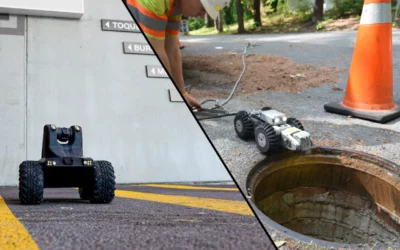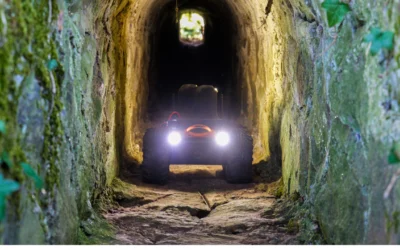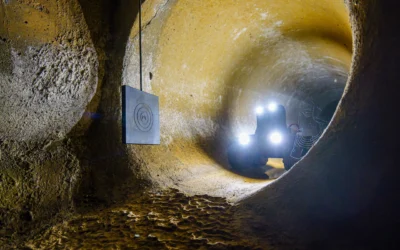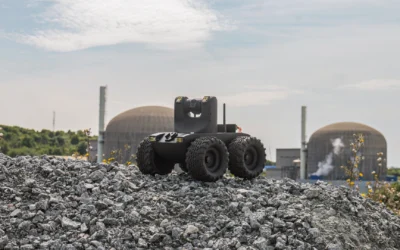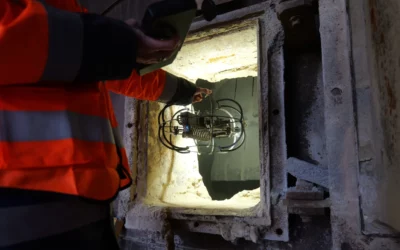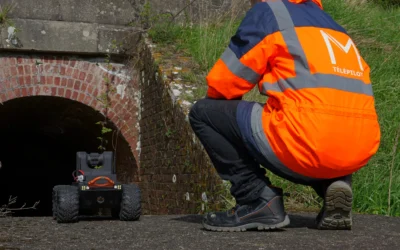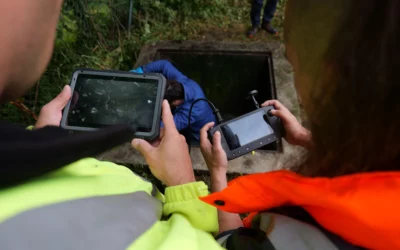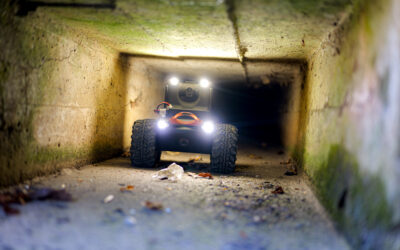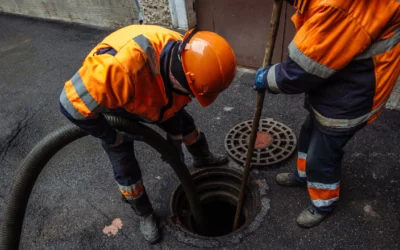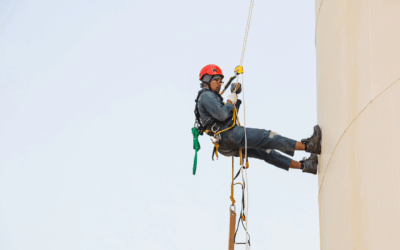ARTICLES
Certains opérateurs explorent l’alternative Roview2 au chariot ITV
Dans le monde de l’inspection des réseaux (assainissement, canalisations industrielles, conduits techniques), le chariot ITV filaire a longtemps été l’outil de référence. Cependant, un nombre croissant...
Entretien préventif des réseaux : choisir la caméra selon diamètre
Dans le cadre de l’entretien préventif des réseaux d’assainissement, le choix de la caméra d’inspection est un levier stratégique. Une caméra mal adaptée peut limiter la portée, la précision du diagnostic, ou...
Drone d’inspection de canalisation : alternative économique
L’inspection des canalisations, qu’il s’agisse de réseaux d’assainissement, d’adduction d’eau ou de conduites techniques, est historiquement un exercice coûteux et complexe. Les méthodes traditionnelles,...
Inspection télévisuelle dans le nucléaire : contraintes et protocoles
Dans le nucléaire, l’inspection visuelle est une opération critique tant pour la sécurité que pour la conformité réglementaire. Les environnements confinés, irradiants ou difficilement accessibles rendent les...
Inspections visuelles en cimenterie avec le Stereo2
Les cimenteries sont des environnements particulièrement exigeants : silos, cyclones, gaines, cheminées, galeries techniques - tous ces espaces sont souvent confinés, poussiéreux et difficiles d’accès. Pour...
Inspection robotisée : sécurité lors des arrêts de production
Dans l’industrie moderne, les arrêts de production pour maintenance sont des moments cruciaux. Ils offrent l’opportunité d’inspecter des équipements, des tuyauteries ou des structures qui, en fonctionnement...
Inspection télévisée des réseaux : simplifier les interventions
L’inspection des réseaux - qu’il s’agisse de canalisations d’assainissement, d’installations industrielles ou d’ouvrages techniques - représente un défi quotidien pour les exploitants. Traditionnellement, ces...
Inspection télévisée des réseaux d’assainissement : à quoi ça sert?
L’inspection télévisée (ITV) s’est imposée comme une méthode essentielle pour contrôler l’état interne des canalisations sans recourir à des travaux lourds. Dans un contexte où les réseaux d’assainissement...
Inspection ITV post travaux : valider la conformité d’un réseau
Lorsqu’un réseau d’assainissement est réhabilité – qu’il s’agisse de canalisations urbaines, de branchements ou de collecteurs industriels – la phase critique qui suit les travaux est la réception et la...
Drones d’inspection : fin des échafaudages et cordistes
Dans de nombreux secteurs industriels — chimie, agro-alimentaire, énergie — les cuves et réservoirs de stockage constituent des éléments critiques. Leur inspection régulière est impérative pour garantir...
